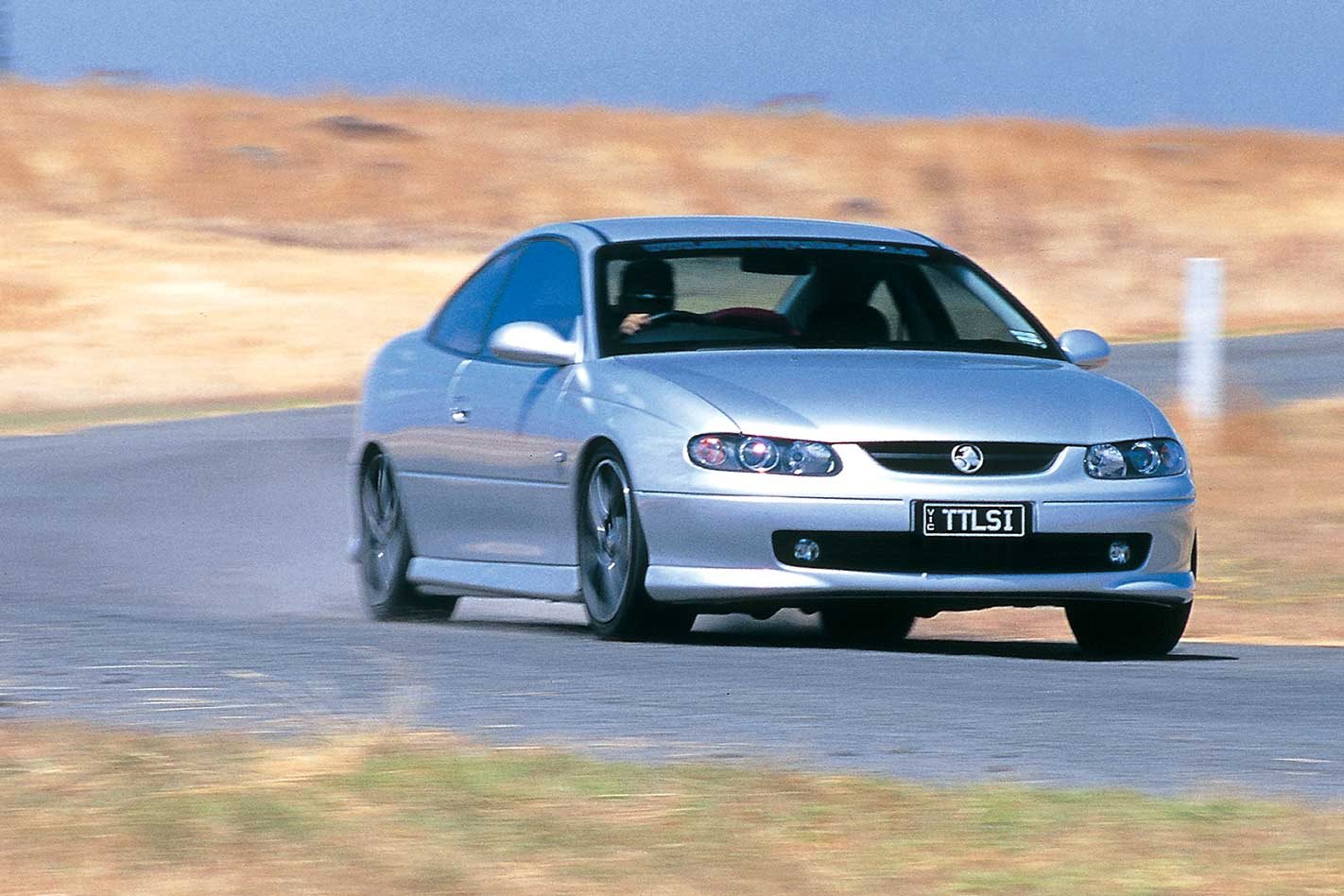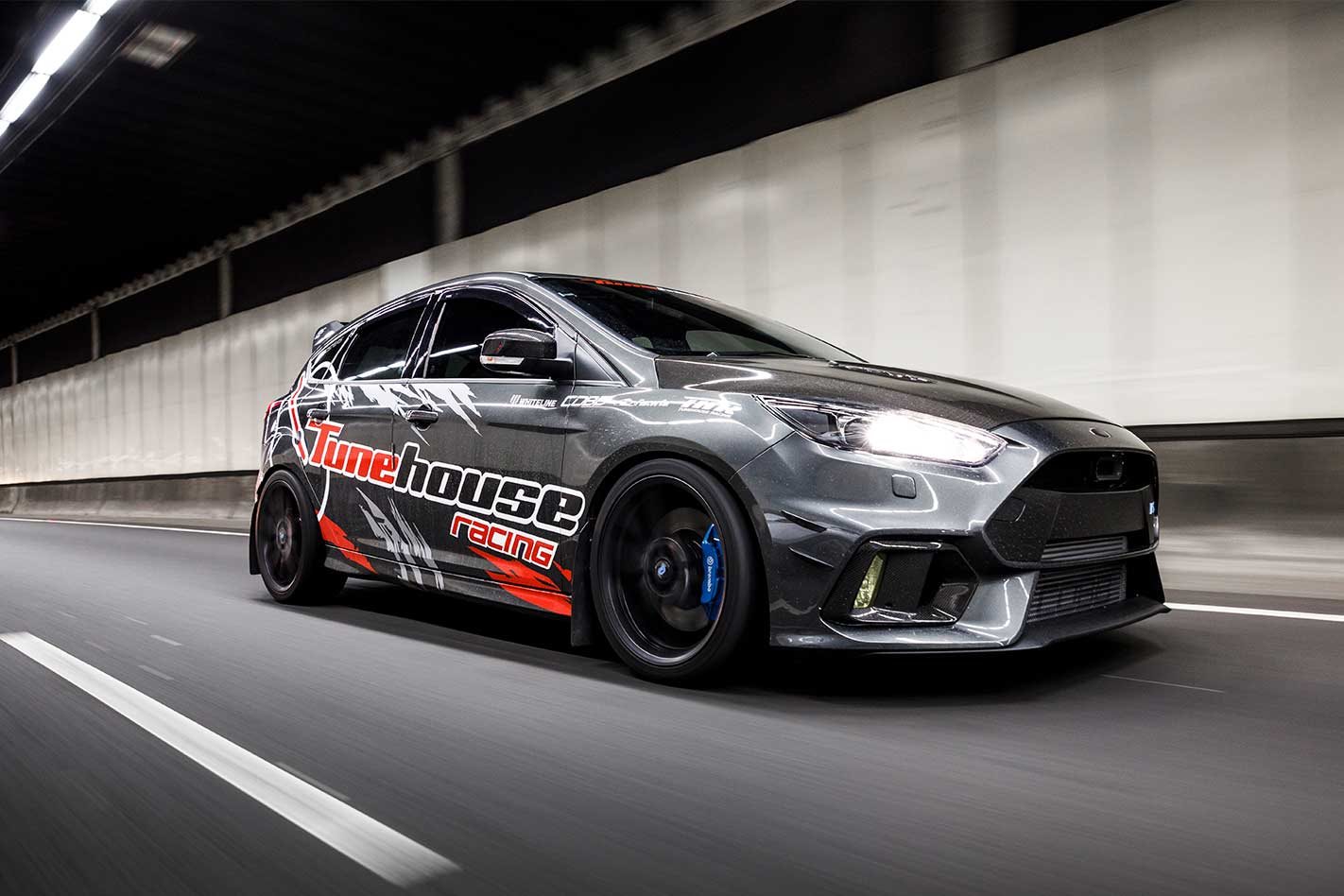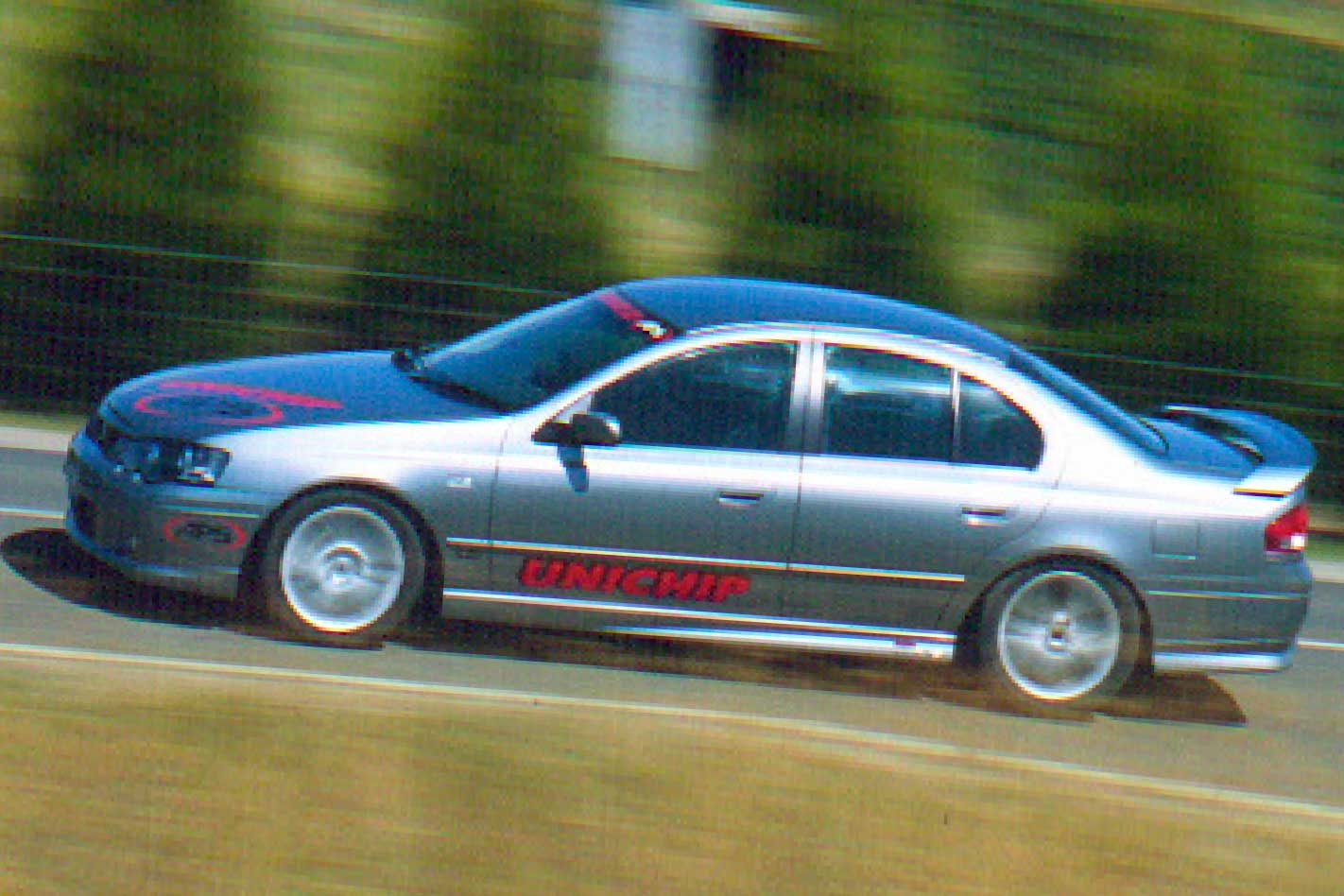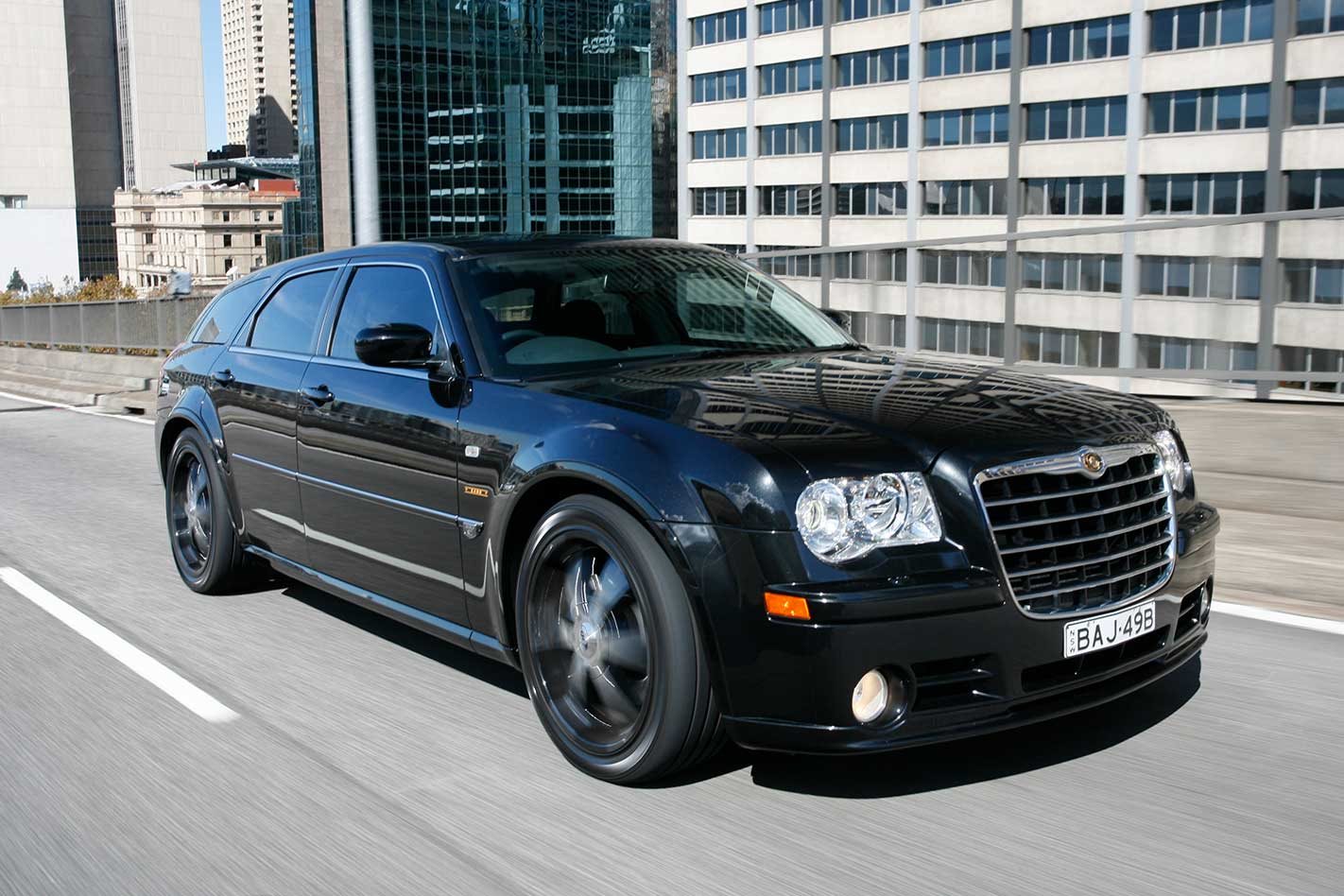The look on the backwards-hat boy’s face is unforgettable. He cranes his neck, searching for the import at the traffic lights. The gentle wooshta-gurgle-gurgle of a blow-off valve and the language of a pod filter have him puzzled.
This feature was originally published in a previous issue of MOTOR magazine
Nothing there but a Monaro V2, and it’s humming a familiar Gen III tune. He can’t pick it and leaves the lights in a flurry of chirping 185s. We drive casually away, stealth mission complete.
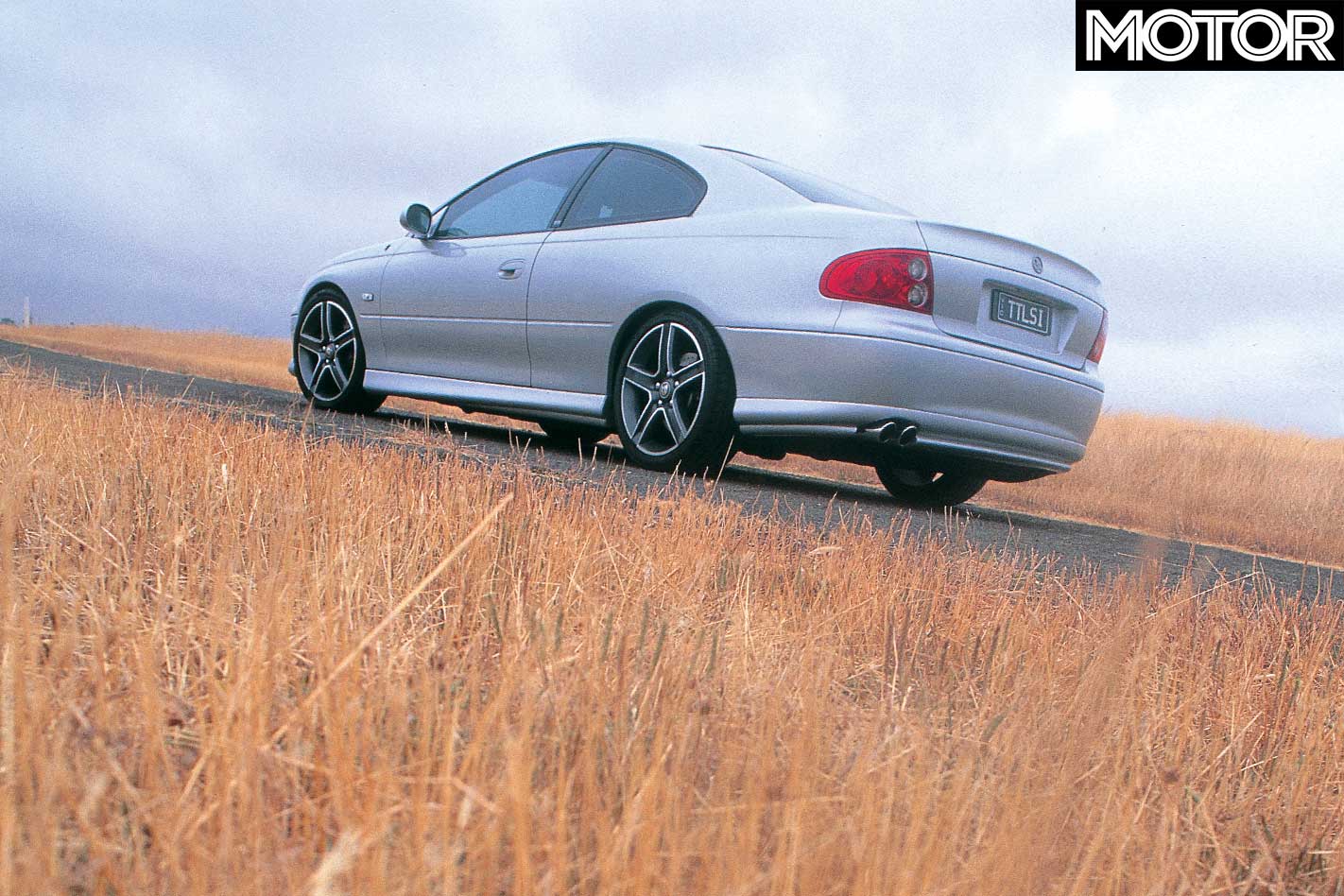
In a sensible melding of muscle car meets Fast and the Furious, Vickery’s company, Amberley Autos, has engineered its twin-turbo Gen III package to give the best of both worlds. Take exhaust restriction.
It has been deliberately kept down by fitting larger-than-optimum turbine housings to ensure that low-rpm torque (under 2000rpm) is at least the equal of a stock car. But compressor selection ensures that, at a lowly 0.7 bar (10psi), more than 450kW is on tap at the back wheels. Factoring in a 17 percent transmission loss, that’s around 550kW at the crank.
Forget about a giant slap in the back of power in the mid-rev range. “We made sure the way the power comes on in this car isn’t too savage,” says Vickery. “There is no point in having this kind of power if it only smokes the tyres, but the reality is that keeping traction in both second and third gear can be difficult at times. Think of this combination as being a massive capacity extension on top of a stock Gen III, and understand that this is how it drives.”
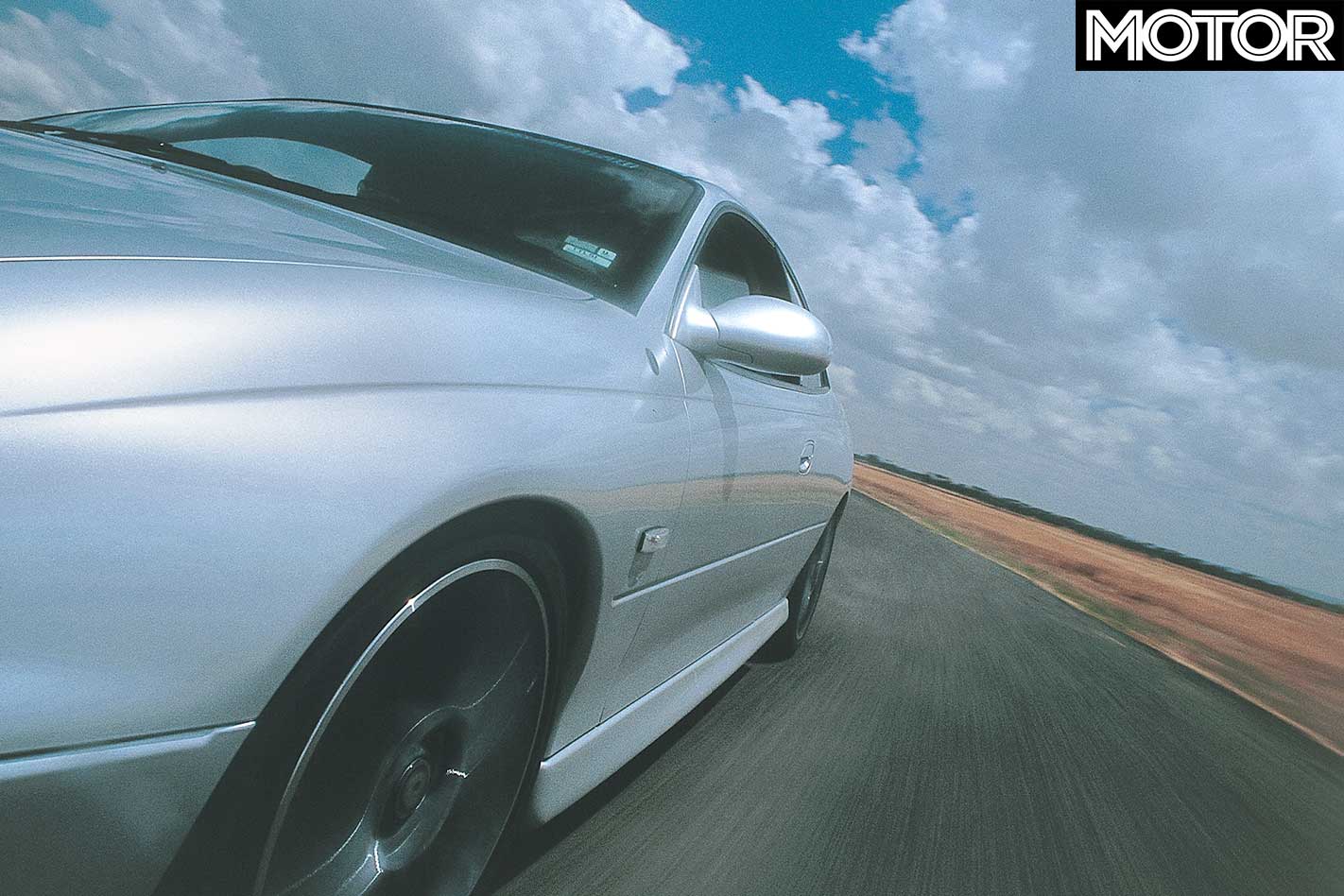
The turbochargers in Vickery’s conversion are similar to those on the legendary Nissan GT-R. They share the same brand and nomenclature, being Garrett T28 basic cores, with the Gen III using much larger housings than the Nissan to avoid any exhaust-gas constipation. It’s the mounting position, though, that gives this kit its Stealth-fighter feel.
Not being overly flushed with room in the Monaro engine bay, the turbochargers need to be mounted low, close to the chassis rails and out of conspicuous sight. With both of them packed against the side of the aluminium engine block, you need to bend over the engine covers and look at the ground to catch a glimpse.
With a turbocharger in sight, its discharge pipe can be followed to where it joins that of the other turbocharger before they both exit into a large front-mounted air-to-air intercooler.
The number of factory components that remain is testament to the smart engineering behind the package. The stock Gen III engine-management system, for example, is retained. Forget about ditching it and starting from scratch; instead the factory code has been massaged to accept turbo boost pressure.
To keep the computer away from the heat generated under the bonnet, it lives in the original factory airbox. The box, made obsolete by the twin-turbo system, provides a cool, dry environment for the electronic brain.
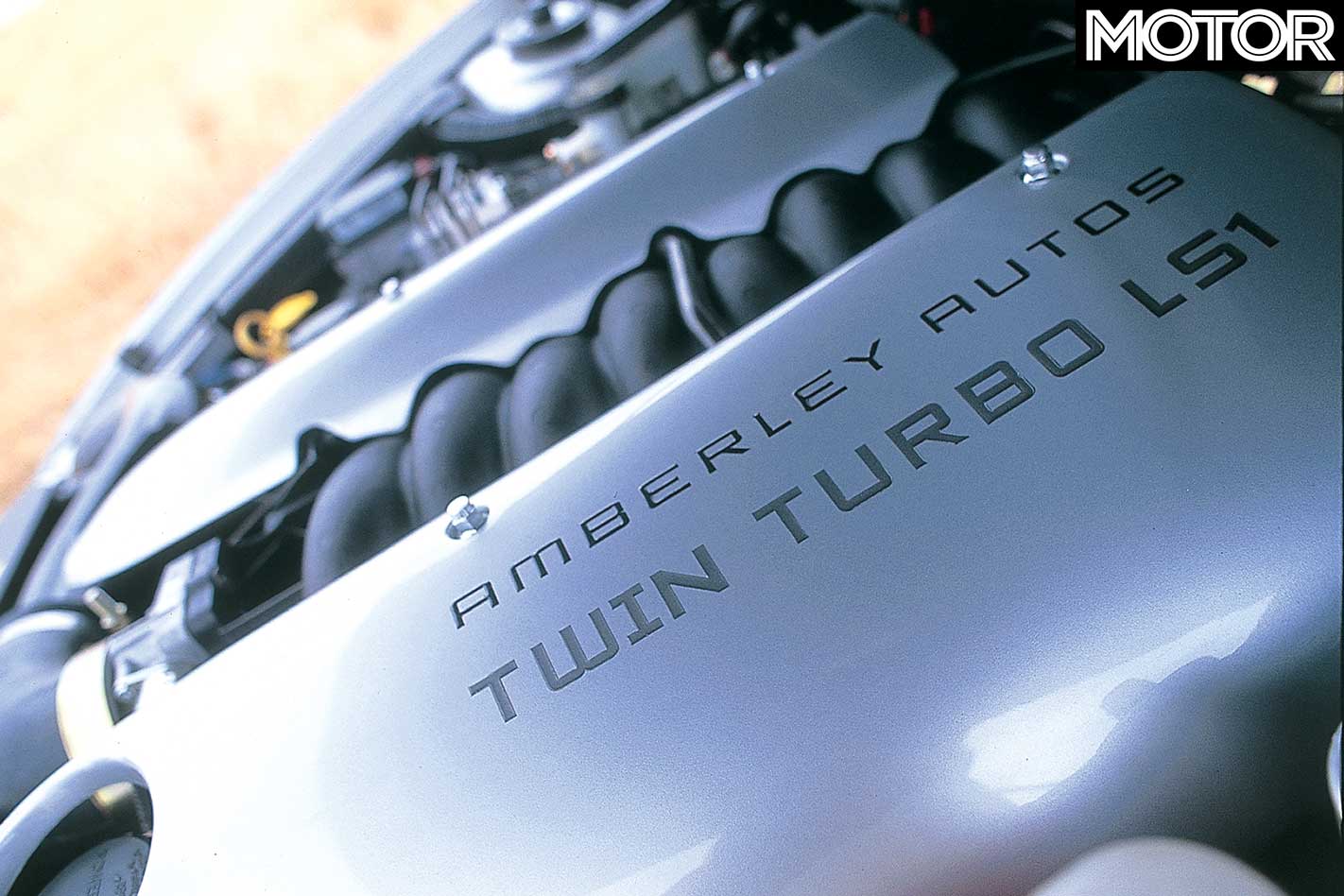
You could jump to the conclusion that the engine must have been modified, but fitting the turbo kit requires only one internal mechanical change. The valve springs need to be swapped over for higher-rated units. Vickery found this out the hard way.
“We wondered during initial testing why the power graph would suddenly dip high in the rev range and it had us stumped for a while. Changing to a boost-friendly valve spring kept the power delivery linear all the way to 6,200rpm. They’re now a standard fitting.”
The rest of the engine — the important bits, like rods, pistons and crankshaft — is from the factory. Vickery has faith in the General’s basic engineering. “A lot of people underestimate just how strong these engines are,” he says. “The conrods, for example, will take over 600kW, and the pistons, if the engine is tuned right, should last as long as any other mechanical component. Sure, it’s possible to hurt the engine, but our conservative tuning approach should give a twin-turbo example a long and happy life.”
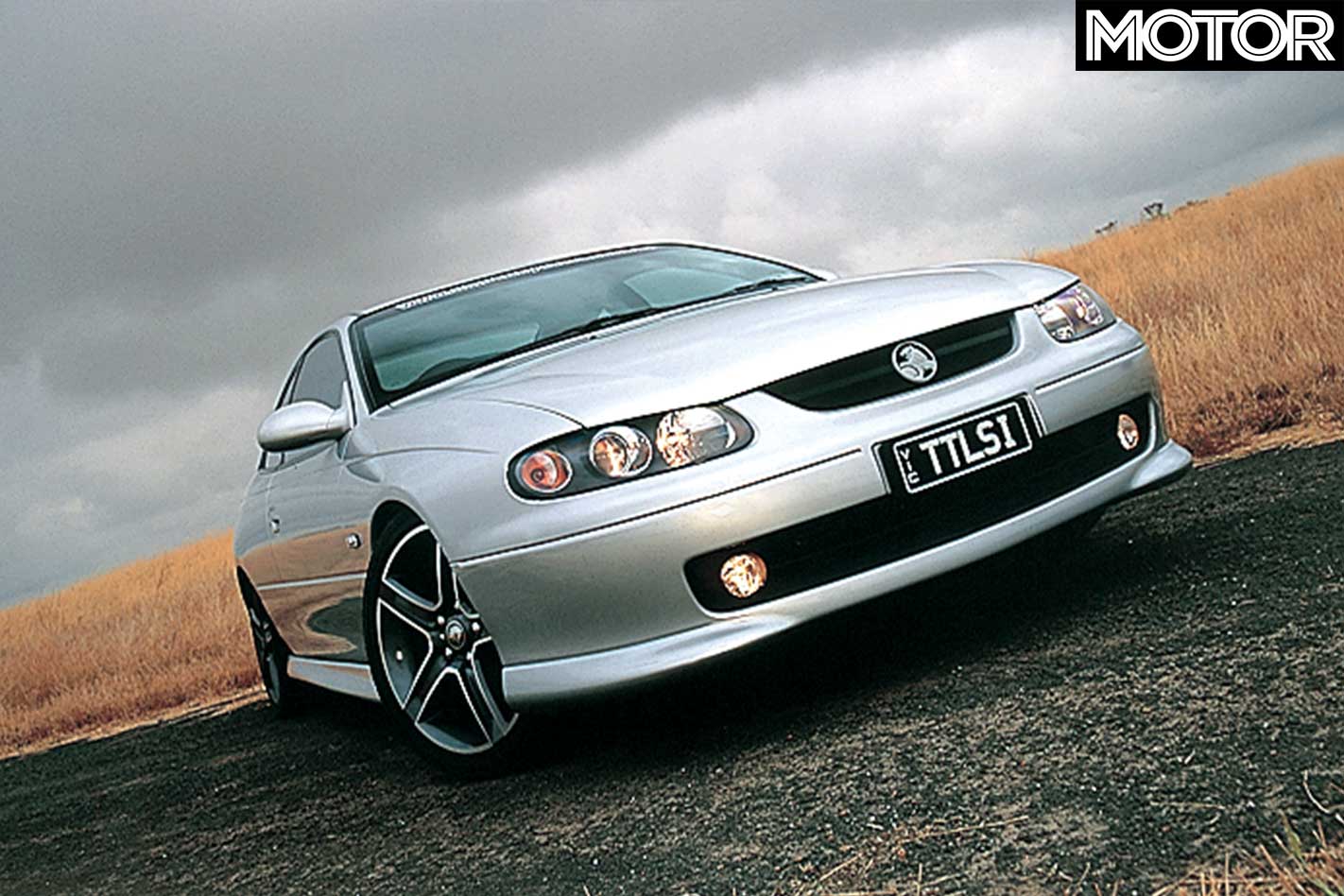
Vickery will be offering two different twin-turbo kits for the Gen III engine, with a “low-end” Stage I 0.4 bar boost kit taking a full working week to fit, costing $16,000 and delivering 450kw at the engine. Looking for a bit more? Then get straight into Stage II, run the full 0.7 bar boost pressure and make 550kw. Don’t forget to bring an additional $3,000.
At this stage you may well be wondering what it’s like to drive. The first impression is that the car is stock, totally stock. A muted exhaust note due to the twin turbos sitting in line gives nothing away.
Vickery’s Monaro could for all the world be another 260kW GTO. Open the throttle, though, even slightly, and the world turns upside down. The beauty of turbocharging is that even under small throttle openings, boost still builds.
Rolling on the throttle in third or fourth gear for a conventional open-road overtake results in a massive power surge that pushes you hard back in the seat. It’s a cliché, but we actually needed to stop during the road test to move the driver’s seat closer to the wheel to keep the controls in non-slip reach.
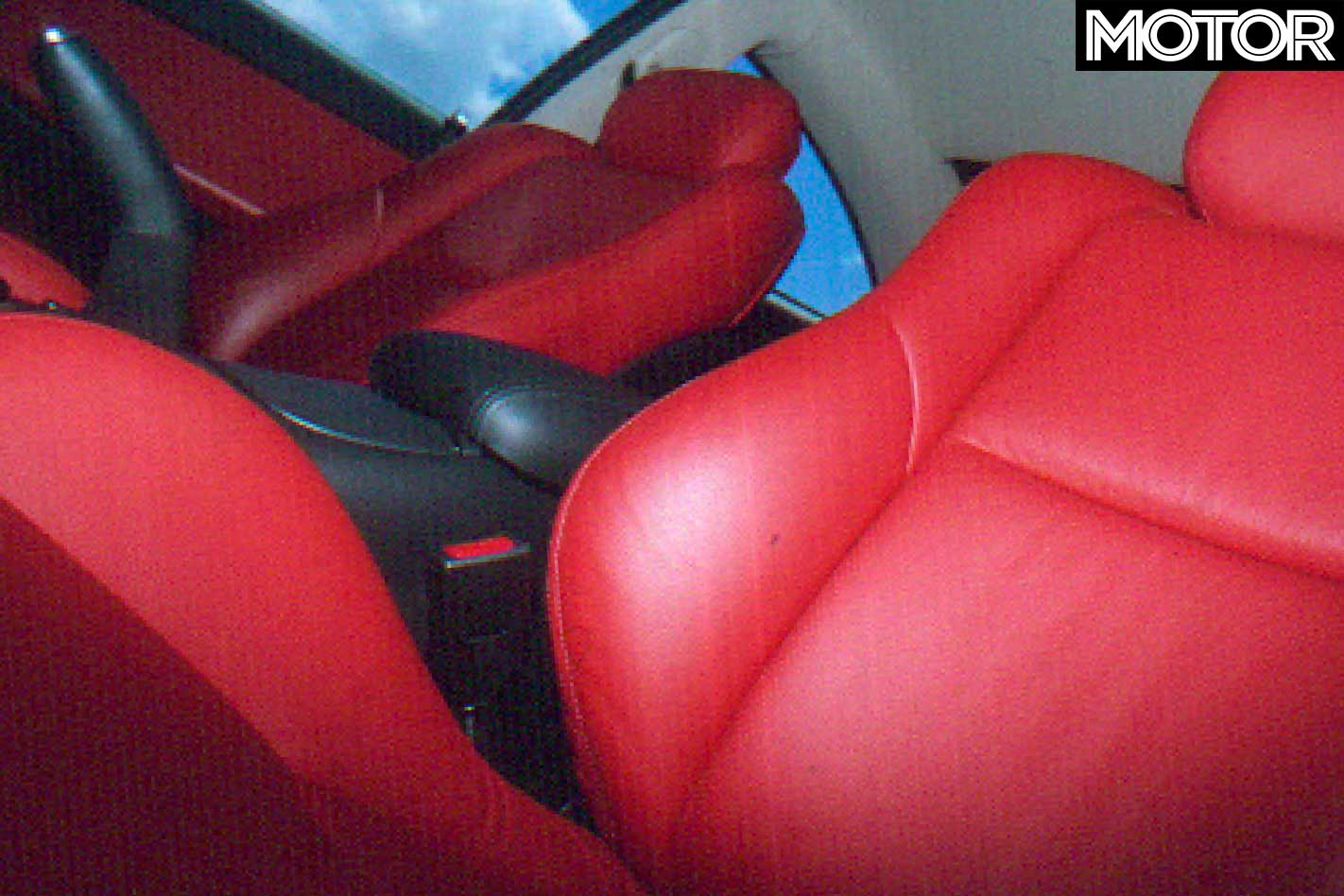
Passengers struggle for grip as much as the tyres, finding themselves making desperate lunges for the Jesus handles, and most of the time failing. You can toy with them at will.
Slowing acceleration in the lower gears is as easy as applying more throttle — by breaking the tyres’ contact with the ground you’re instantly losing drive.
At 0.7 bar, you need to be constantly aware of this and modulate the throttle to stop smoking the hides. It might not be the purest of driving approaches, nor the quickest way to accelerate, but sending twin-turbo smoke signals is fun.
Using the selectable lower-boost setting (0.4 bar) tames the beast markedly, but you still need to be constantly aware that this is a hugely powerful car that can bite the unwary.
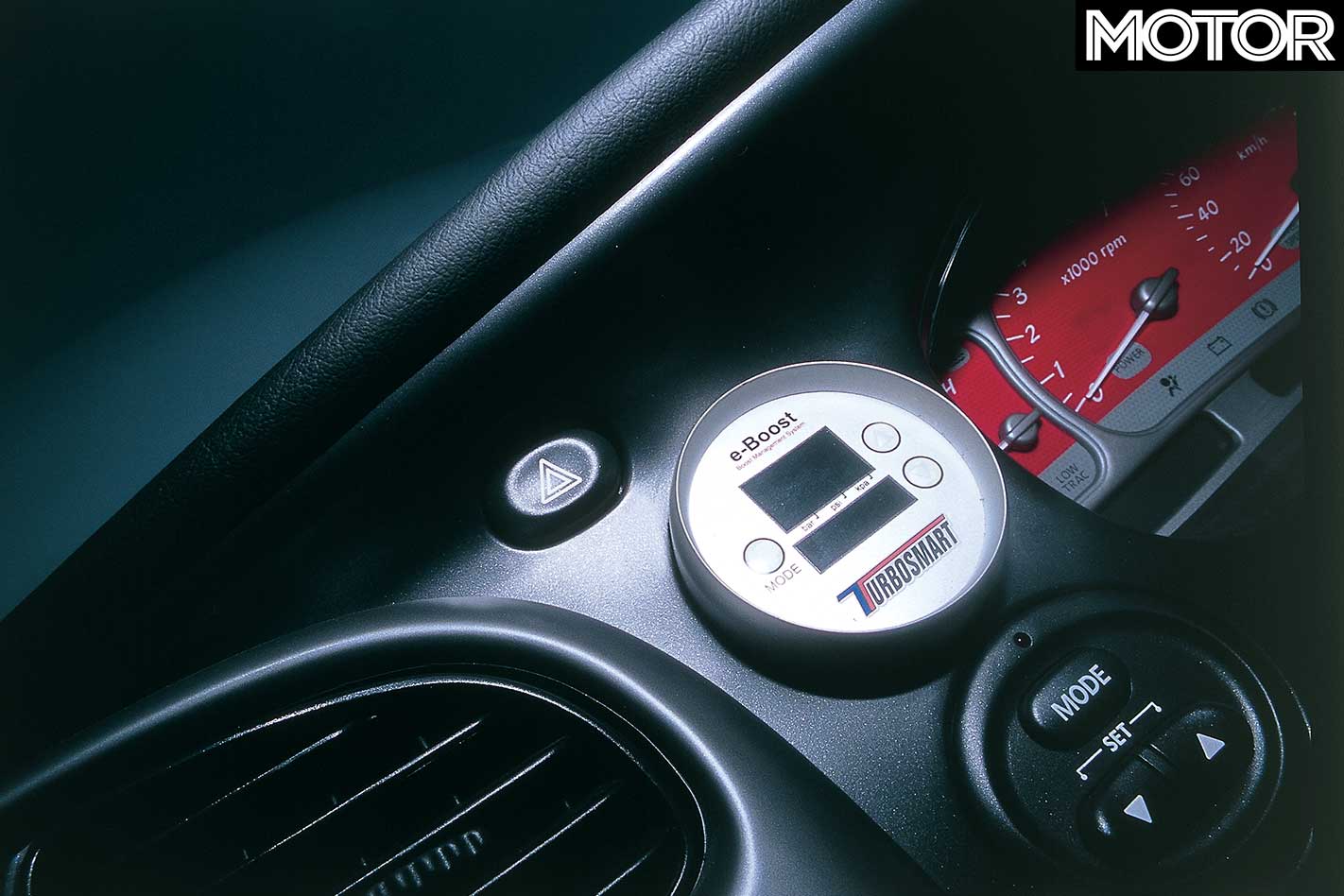
Cornering presents a whole new challenge. The high-speed turn onto the runway at Avalon Airport, near Melbourne, highlighted the differences between the twin-turbo Monaro and a conventional example. While the factory car could be held almost flat, the twin-turbo needed to be light-footed to stop the rear end stepping out.
Such is the effect of over 700Nm of torque available over such a wide rev range. Top speed is a genuine, measured 286km/h.
Say it quickly, and a “five-point-seven-litre twin-turbocharged all-alloy vee-eight” sounds like a diabolical exercise in mechanical overkill. But Vickery’s product is much more. It’s a seamless integration of boosted technology into a pushrod, buried-cam world. And the casual observer doesn’t see anything more than a factory model.
This kit is a winner.
FAST FACTS Amberley Autos Stage II Twin-Turbo Monaro
BODY: 2-door coupe DRIVE: rear-wheel ENGINE: front-mounted 5.7-litre pushrod 16-valve twin-turbo V8 POWER: 550kW at 6,000rpm TORQUE: 750Nm at 3,000–5,000rpm BORE/STROKE: 99mm x 92mm COMPRESSION RATIO: 10.0:1 WEIGHT: 1675kg POWER-TO-WEIGHT: 328kW/tonne TRANSMISSION: 6-speed manual SUSPENSION: macpherson struts, coil springs, anti-roll bar (f); semi trailing arms with toe links, coil springs, anti-roll bar (r) L/W/H: 4789mm/1841mm/1367mm WHEELBASE: 2793mm TRACKS: 1579mm (f), 1597mm (r) BRAKES: HSV Ultra Premium WHEELS: HSV GTO TYRES: Bridgestone SO3 FUEL: 75 litres, PULP PRICE: $88,000 (as tested)
Taking it to the Limit
Rob Vickery is something of a cult figure in the aftermarket tuning game. Starting out with a VS V8 utility, he decided to build a high-horsepower EFI car for dyno competitions and a bit of drag racing. “I started out with a supercharger and, mate, in its day I made some pretty good power with the thing. It turned a lot of heads,” he says.
But the temptation to use turbochargers was too much to resist. “When the opportunity arose, we pulled the VS off the road and built it a decent Holden stroker engine and strapped a pair of big Garrett turbochargers to the side of it.”
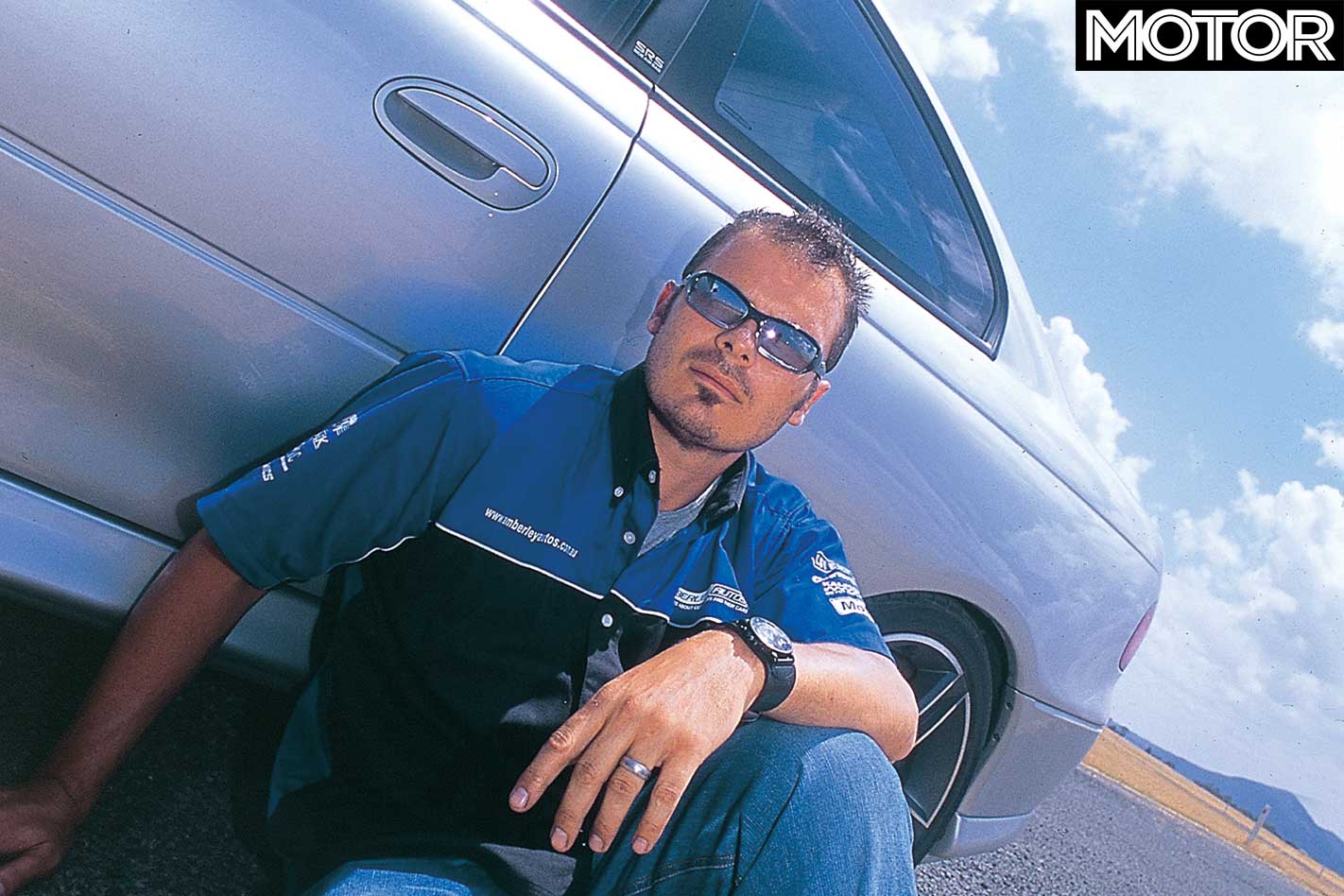
It was more involved than it sounds and the set-up and tuning of his own car laid the groundwork for Vickery’s understanding of turbocharging’s potential.
“It’s still my old favourite, the VS. It has taught me a lot and won a couple of trophies along the way. Winning Horsepower Heroes at the Summernats was a great thrill.”
How much power does it have, then? “Well, it depends on how much boost I give it, but 850kW at the wheels is pretty easy.”
The next question — how much power can a stock engine take before it goes bang? — does not have a simple answer. Any factory engine has limits, ranging from its basic metallurgy through to rotation load, and those limits have to be reached to find out what they are.
The Gen III will take a lot of boost and make huge power before it fails, says Vickery.
“The big killer of any engine is revs, which is why we keep the rev limit on our twin-turbo kit at the stock 6,200rpm,” he says. Vickery is frank about the failures sometimes seen in boosted engines.
“Tuners need to be conservative when adding boost to a normally aspirated engine. They were never designed for it, so extra care is needed to avoid piston-smashing detonation. My advice is not to go for the last kilowatt, but to set the system up around the worst possible case scenario running with low-octane fuel.”
And what’s the limit for the Gen III?
“We don’t really know yet. We haven’t broken an engine. At a guess, 650kW.”

